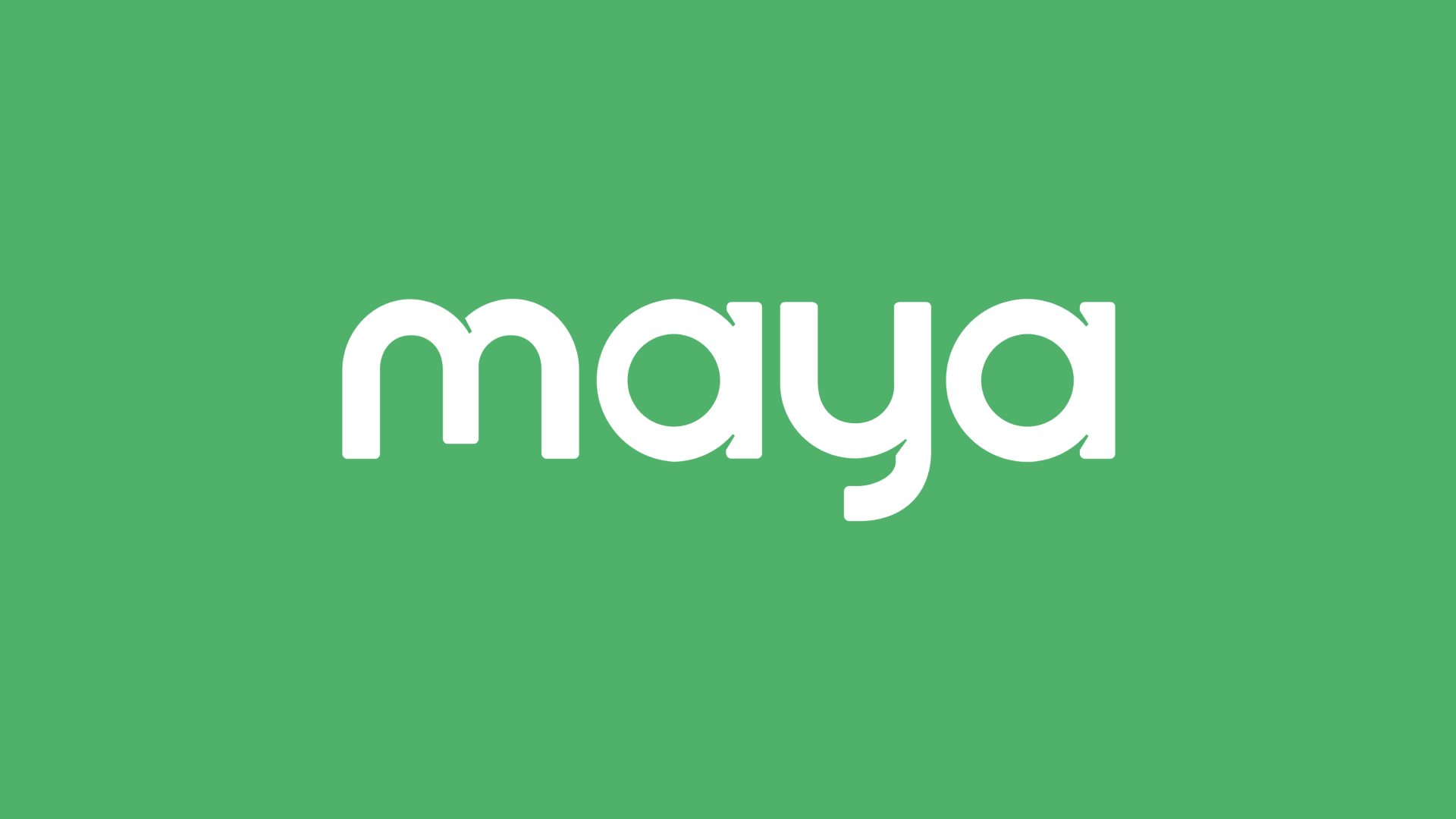
The Philippine digital economy hit a USD 24 billion Gross Merchandise Value (GMV) around the end of 2023, signaling a new benchmark in the county’s online growth. Much of this is down to the massive boom in online deliveries that started during the COVID-19 pandemic. Today, on-demand delivery services are a key sales driver for consumer-facing small-to-medium enterprises (SMEs), with food and grocery deliveries even becoming part of everyday life in developed urban areas such as Metro Manila.
If you run an SME that serves the domestic B2C (business to consumer) market, you’ll need to offer deliveries if you want to remain competitive. Regardless of how you’ll facilitate them, you’ll need to figure out which payment options to offer.
Choosing the right payment method and payment terminal machine is especially important since these can directly influence the cash flow derived from your delivery sales channels. Let’s examine the benefits and drawbacks of the typical delivery payments that you can offer your customers:
1) Cash on Delivery
Cash on Delivery, or COD, has been used since the earliest delivery services. In the Philippines, it remains a highly preferred method, thanks to its familiarity and the continued popularity of cash.
Pros:
COD offers an immediate boost to your cash flow as customers will typically pay on the spot with physical cash. Offering COD can also signal to customers that you stand by your products since you won’t get paid until the items are delivered, thus potentially increasing their trust in your business.
Cons:
Managing physical cash transactions can be cumbersome and time-consuming, particularly if the customer is unable to pay the exact amount or if your delivery crew doesn’t have enough change on hand. Handling large sums of cash in public also poses security risks for both your customer and your delivery team. COD may also lead to some instances of order cancellations as customers might change their minds upon delivery.
2) Cashless on Delivery
With a portable payment terminal like the Maya Terminal or the Maya Terminal Lite, you can offer customers a way to make secure cashless payments upon delivery. These devices allow your delivery team to accept a full range of digital payments, including debit and credit card payments, QR Ph Codes, and digital wallets like Maya, GCash, and GrabPay. They can also function as card payment terminals, supporting modern features such as tap-to-pay and EMV dipping.
Pros:
Cashless on delivery offers all of the convenience and trust associated with traditional COD payments. Given the widespread adoption of digital payments in the Philippines, you may want to adopt cashless on delivery if you haven’t already. It most certainly will facilitate payments because you and your customers will not have to mess around with physical cash.
Cons:
There are nominal costs associated with facilitating various cashless payments. That said, these are often offset by the stronger cash flow and trust that you’ll earn from customers by offering this method.
3) Online Payment
Online payments via credit and debit cards and bank transfers have long been the standard for e-commerce businesses, but they can easily be adapted for any business model. Today, other payment methods like digital wallets and QR codes are also viable options for any orders that need to be delivered. To offer these payment methods, you’ll need to integrate a virtual payment terminalor payment gateway like Maya Checkout on your website and other online channels. Alternatively, you can make use of a link payment solution like Maya Payment Links, which will let you accept card and wallet payments through a unique link that you can send them via any messaging app.
Pros:
Offering delivery payments online can allow you to easily transcend borders, maximizing your customer base. Importantly, once your virtual payment terminal is set up, your payment acceptance processes can be further streamlined, effectively speeding up your cash flow.
Cons:
Customers need to trust your business before they choose this payment method since they will be giving you their money beforehand. Building this trust can take time. That said, providing consistently good service and garnering consistently positive online reviews can go a long way in overcoming this challenge.
4) On-Demand Shopping Service
In the Philippines, 3rd-party shopping services like those offered by Grab and Lalamove provide all-in-one delivery and payment acceptance solutions for SMEs. While their value propositions may differ, these services generally prioritize convenience for both businesses and customers.
Pros:
These services have massive popularity in the Philippines, and engaging with them and leveraging their popularity can boost trust in your business. Some services like Grab may even offer additional online visibility on their platforms. If you don’t have the resources to offer in-house delivery services, these companies can offer you the capabilities you need.
Cons:
The convenience of on-demand services comes with a cost. Most service providers will charge a commission on each transaction, directly affecting your profitability. You’ll also
have limited control over the delivery process and customer interactions, which makes them less ideal if you want to offer a truly customized experience.
Maya Business Can Help Transform Your Delivery Operations
Whatever your business, Maya Business offers payment processing that supercharges your cash flow. The Maya Terminal and the ultracompact Maya Terminal Lite empower you to accept a full range of digital payments, both in your store and out in the field. Sign up for Maya Business to order a Maya Terminal device and to activate Maya Checkout.
Signing up for Maya Business immediately gives you access to a Maya Business Deposit account for your payment settlements. With an industry-leading 2.5% per annum interest rate, funds in your Maya Business Deposit will grow 20-25x faster than in other competing savings products, earning you an extra PHP 25,000 yearly on a PHP 1 million deposit.
Having a Maya Business account also entitles you to a Maya Flexi Loan offer as big as PHP 2 million in just 3 months. If you want to optimize your deliveries or cover emergencies, Maya Flexi Loan will give you the instant liquidity you need to meet any challenge. To increase subsequent loan offers, simply use Maya as your primary processor for all wallet and card payments.
Complete your Maya Business application to order a Maya Terminal, activate Maya Checkout, and enjoy other leading business solutions.

Maya Business
Merchant inquiries:
Maya is powered by the country's only end-to-end digital payments company Maya Philippines, Inc. and Maya Bank, Inc. for digital banking services. Maya Philippines, Inc. and Maya Bank, Inc. are regulated by the Bangko Sentral ng Pilipinas.
www.bsp.gov.ph